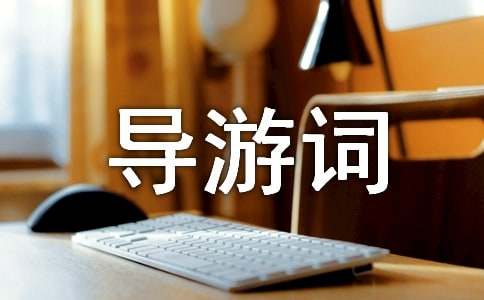北京雍和宮英文導游詞
Yonghegong (The Lama Temple) is a famous lamasery located in the northeastern part of the old city of Beijing. It was a palatial residence built in 1694 by Qing Emperor Kangxi for his fourth son, Prince Yongzheng who later succeeded to the throne. This magnificent temple consists of five main buildings lying on the?north-south axis, with annex halls standing on both sides. The temple is listed by the Chinese Government as one of the important historical monuments under special preservation. After the death of his father, Emperor Yongzheng moved to the Forbidden City. The compound was closed to ordinary people and was renamed yonghegong (the Palace of Harmony). Green roof tiles were replaced by yellow ones to suit a monarch's home. In 1744 his successor Emperor Qianlong converted the palace into a lamasery.

Several renovations?have been carried out since 1949.The temple has taken on a new look and was reopened to the public in 1981.It is now not only a functional lama temple, but also a tourist attraction.
Of interest to visitors in the Lama Temple are the 18-metre-high Maitreya statue engraved from a 26-metre-long white sandal-wood log, "the Five hundred Arhats Hill" made of gold, silver, copper, iron and tin, and the niche carved out of nanmu (this kind of Phoebe nanmu can give off a unusual scent reputed to repel mosquitoes in summer). These three objects are accredited as the three matchless masterpieces in the Lama Temple.
【北京雍和宮英文導游詞】相關文章:
北京雍和宮旅游攻略10-04
北京香山導游詞01-24
北京孔廟導游詞10-22
北京孔廟國子監導游詞12-24
北京天壇景點導游詞02-04
介紹北京故宮導游詞01-27
的北京故宮導游詞12-31
北京頤和園導游詞(精選)10-26
北京故宮導游詞「精選」10-17
南京明孝陵導游詞英文12-25